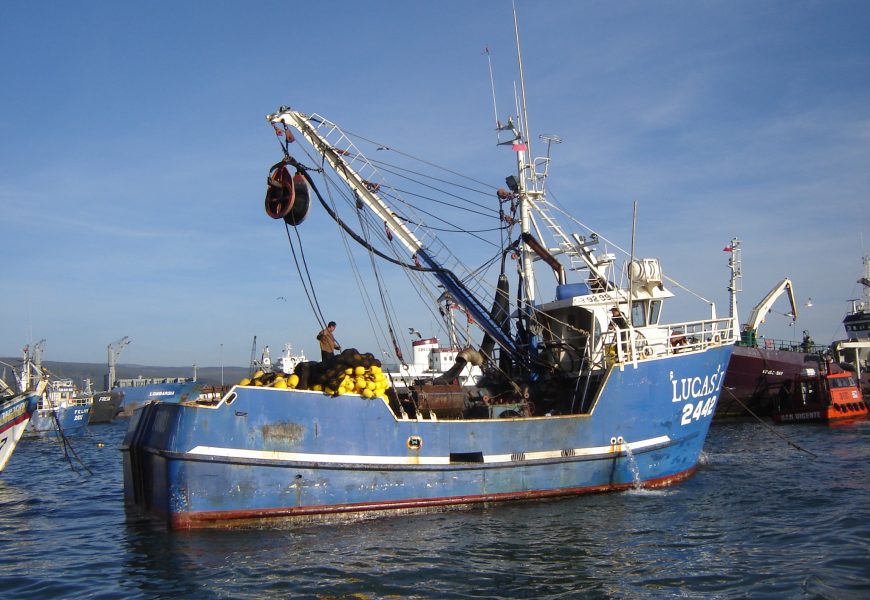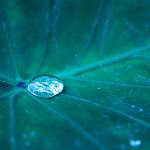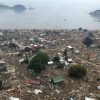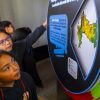Freshwater from rivers that flows into the sea is not lost in the ocean. On the contrary, it has a very important role in coastal ecosystems, economic activities, and production activities along the coastline. What’s been happening in recent years with the flow of rivers? Are the changes in river flows affecting coastal marine organisms?
By Leonardo Castro y Violeta Morín / Photographs: DOCE
It is a fact that climate change has not left any of the world’s ecosystems untouched, and in Chile, we have been able to see the consequences we are facing if we don’t do anything to stop what we, as human beings, have caused.
Climate variations with varying lengths have taken place throughout Chile during different periods. For example, a mega-drought has been affecting central Chile for over a decade. The effects of climate change on the marine environment are still at an early stage in terms of
research and, as a result, there is little information on the subject. We know even less about its effects on life on our coasts. This is one of the topics addressed at the Larval Ecology and Fishing Oceanography Laboratory (LOPEL, in Spanish) of the Department of Oceanography at Universidad de Concepción, led by Leonardo Castro Ph.D., as part of the work of the COPAS Sur Austral Center, which now is projected to continue its work within the new COPAS COASTAL Basal Center,
financed by ANID, starting this year.
LOPEL, which has specialized in studying the first stages of fish life, has a line of research linked to the effects of changes on the coastal pelagic trophic segment from the contribution of river freshwater to the coast, and also on the development and survival of anchovy and sardine eggs,
resources that have great commercial importance in our region.
The results of studies on the Biobio coast have shown that the freshwater reaching the coastal area, carries organic material from the land, which is identified by the proportion of stable carbon isotopes (13C) that enter the marine trophic segment. This carbon in organic matter is included
from the first stages, passing through intermediate levels such as zooplankton, and even reaching fish and the eggs spawn by these organisms. As the rivers’ freshwater contribution varies depending on the season, the organic carbon originating from the land can be more clearly seen in trophic segments during winter. Thanks to the collaboration with Violeta Morin Ph.D. of the Molecular Biology and Biochemistry Department of the Faculty of Biological Sciences, and the additional support of FONDECYT financing, it has been possible to demonstrate that changes in coastal seawater salinity influence the hatching rates of anchovy larvae, affecting their survival. This hatching process is the result of the synthesis of enzymes, specialized for hatching, which at the same time are the result of the expression of the genes these are written from. In this regard, it can be concluded that increases in salinity caused by a reduction of the freshwater brought to the coast, affect genetic expression, the expression of hatching enzymes, hatching itself, and ultimately, the survival of fish larvae.
These results are very interesting, not just from the point of view of the biology of species that live in the Biobío coastal area and that of the fisheries, but also in that they clearly outline the importance of freshwater entering the coastal area, which is why special care must be taken with infrastructure projects that alter the flows of rivers that empty into the sea, or projects that contribute hypersaline water to the coast, especially during a drought and in the context of climate change.
More information: lecastro@oceanografia.udec.cl and vmorin@udec.cl
Last modified: 29 de agosto de 2025






